how to build a lifepo4 battery pack
How to Build a Lithium Iron Phosphate (LiFePO4) Battery Pack: A Comprehensive Guide
As the world transitions to renewable energy, the demand for reliable energy storage solutions has never been higher. Lithium Iron Phosphate (LiFePO4) batteries have emerged as a popular choice for their high energy density, long lifespan, and thermal stability. In this article, we will guide you through the process of building a LiFePO4 battery pack, providing insights into the technology, design considerations, and applications.

What is a LiFePO4 Battery Pack?
A LiFePO4 battery pack is an assembly of individual LiFePO4 cells configured to provide a higher voltage and capacity than a single cell. These battery packs are commonly used in solar energy systems, electric vehicles, and backup power applications. Unlike traditional lead-acid batteries, LiFePO4 batteries offer superior performance, safety, and environmental benefits.
Key Advantages of LiFePO4 Batteries
High Energy Density: LiFePO4 batteries store more energy in a smaller footprint compared to lead-acid batteries. Long Lifespan: With a typical lifespan of 5,000 to 10,000 cycles, LiFePO4 batteries are ideal for long-term energy storage. Thermal Stability: These batteries are less prone to thermal runaway, making them safer for use in demanding environments. Environmental Benefits: LiFePO4 batteries are recyclable, contributing to the circular economy.Why Build Your Own LiFePO4 Battery Pack?
Building your own LiFePO4 battery pack can be a cost-effective and customized solution for your energy storage needs. However, it requires careful planning, technical expertise, and access to high-quality components. For those with the skills and resources, building a LiFePO4 battery pack offers the flexibility to design a system that meets specific requirements, such as voltage, capacity, and application.
Key Considerations Before Building a LiFePO4 Battery Pack
Determine Your Energy Requirements: Calculate your power needs to decide the appropriate battery capacity and voltage. Select High-Quality Cells: Use LiFePO4 cells from reputable manufacturers to ensure consistent performance and safety. Design for Safety: Incorporate safety features such as battery management systems (BMS), thermal management, and proper insulation. Compliance with Standards: Ensure your battery pack design meets industry standards and regulations, particularly if it will be used in grid-tie or off-grid solar systems.Step-by-Step Guide to Building a LiFePO4 Battery Pack
1. Gather Materials
LiFePO4 Cells: Choose cells with the desired capacity and voltage rating. Battery Management System (BMS): A BMS is essential to monitor and balance individual cells. Cell Connectors: Use high-quality connectors to ensure reliable electrical connections. Enclosure: Select a durable enclosure that provides adequate protection and ventilation. Thermal Management Components: Include cooling or heating elements to maintain optimal operating temperatures.2. Design the Battery Pack Layout
Cell Arrangement: Stack cells in a configuration that achieves the desired voltage and capacity. For example, connecting cells in parallel increases capacity, while connecting them in series increases voltage. Cell Balancing: Implement a cell balancing mechanism to ensure all cells are charged and discharged evenly.3. Assemble the Battery Pack
Connect Cells: Use soldering or crimping to connect cells in the desired configuration. Install the BMS: Wire the BMS to monitor cell voltage, temperature, and state of charge (SOC). Enclose the Pack: Place the assembled pack in a protective enclosure, ensuring proper ventilation and accessibility.4. Test the Battery Pack
Charge and Discharge: Perform a series of charge and discharge cycles to test the pack’s performance. Safety Testing: Check for thermal runaway, electrical shorts, or other safety issues. Performance Monitoring: Use data logging tools to track voltage, temperature, and SOC over time.The Role of LiFePO4 Batteries in Renewable Energy Systems
The integration of LiFePO4 batteries into renewable energy systems is crucial for addressing the intermittency of solar and wind power. By storing excess energy during peak production periods, these batteries ensure a stable power supply during low-generation periods.
LiFePO4 Batteries in Solar Energy Systems
In solar energy applications, LiFePO4 batteries serve as a critical component of the energy storage system. They allow homeowners and businesses to store excess solar energy, reducing reliance on the grid and lowering electricity bills.
Challenges in the Supply Chain and Raw Material Availability
The growing demand for LiFePO4 batteries has put pressure on the supply chain and raw material availability. Key materials such as lithium, iron, and phosphate are essential for battery production, and their sourcing can impact the cost and sustainability of the batteries. To address these challenges, manufacturers are exploring innovative ways to optimize resource utilization and reduce environmental impact.
Building a LiFePO4 battery pack is a complex but rewarding process that requires careful planning and technical expertise. With their high energy density, long lifespan, and thermal stability, LiFePO4 batteries are a game-changer in the renewable energy and green tech industries. As the demand for sustainable energy solutions continues to grow, the development of efficient and reliable battery storage systems will play a pivotal role in achieving energy independence.
If you are looking for a trusted partner to provide high-quality lithium-ion battery solutions, BasenPower is here to help. Our team of experts specializes in designing and manufacturing advanced energy storage systems that meet the needs of homeowners, businesses, and renewable energy projects. For more information, visit our website or contact our team today.

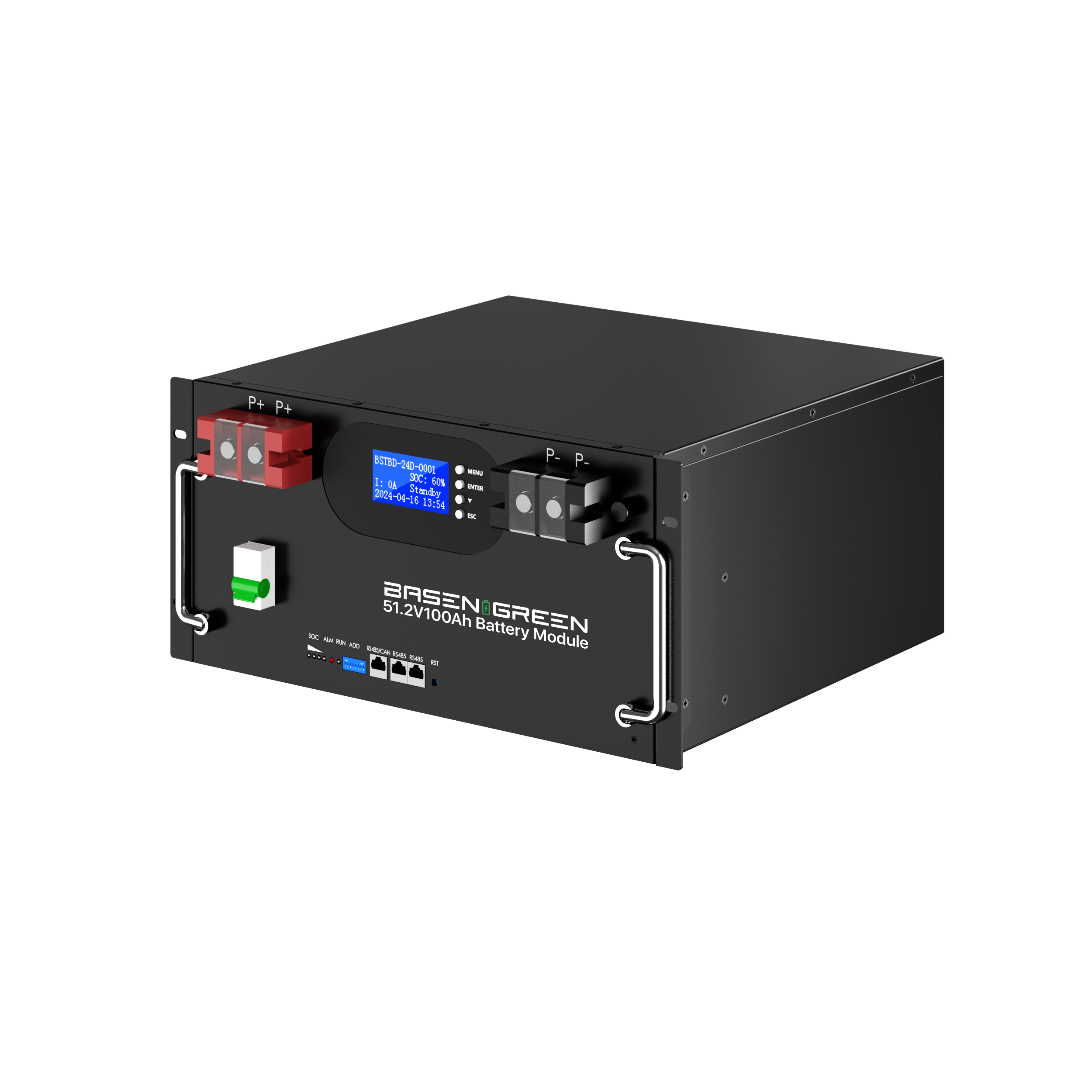
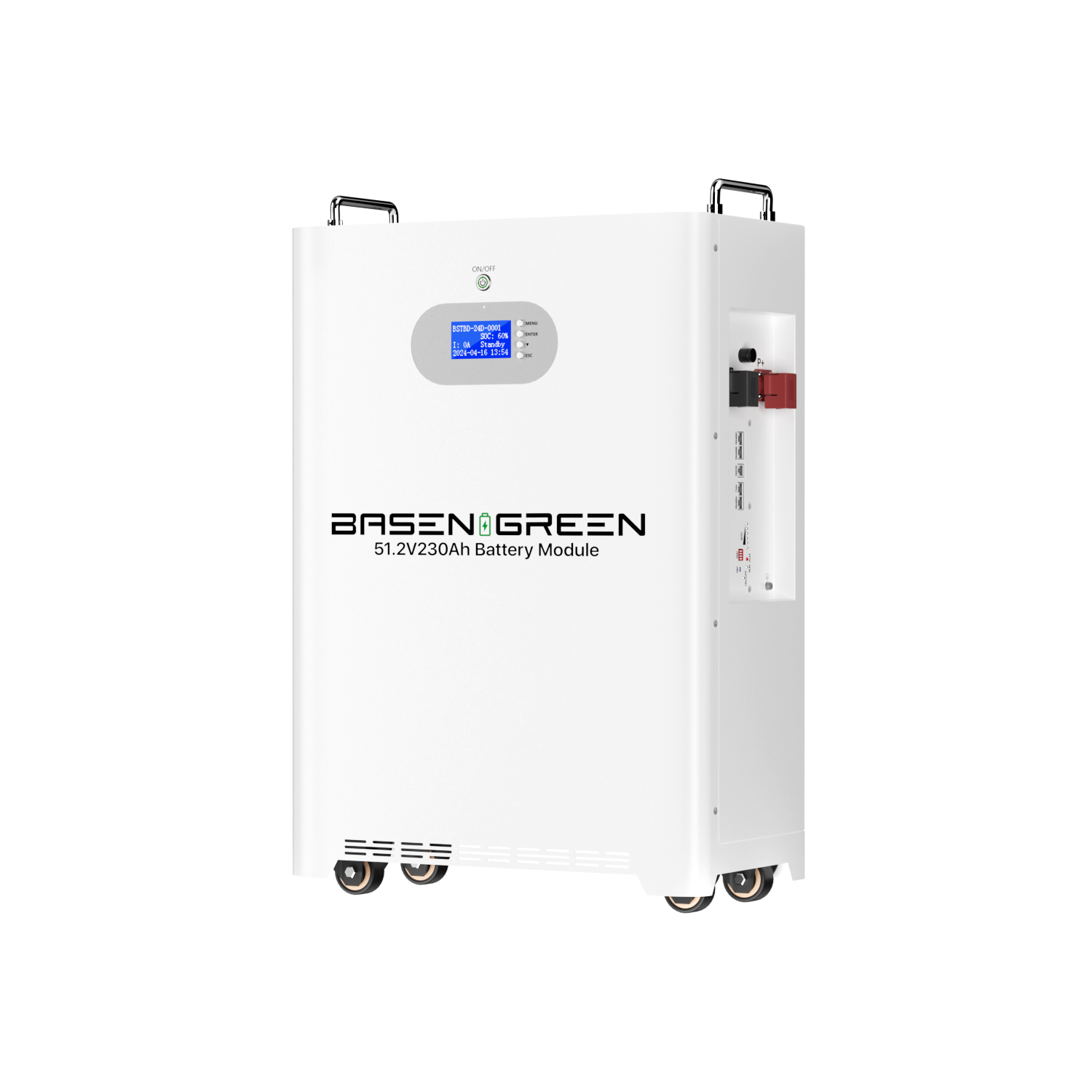
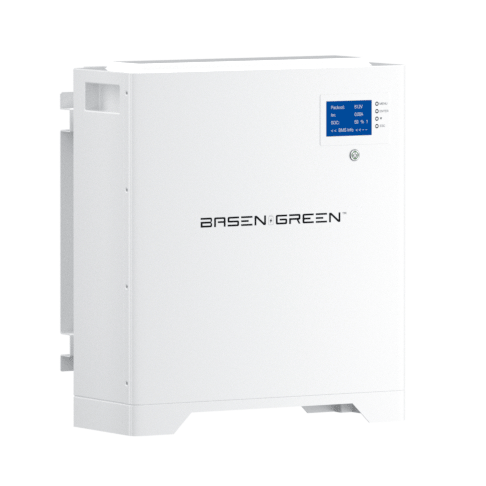
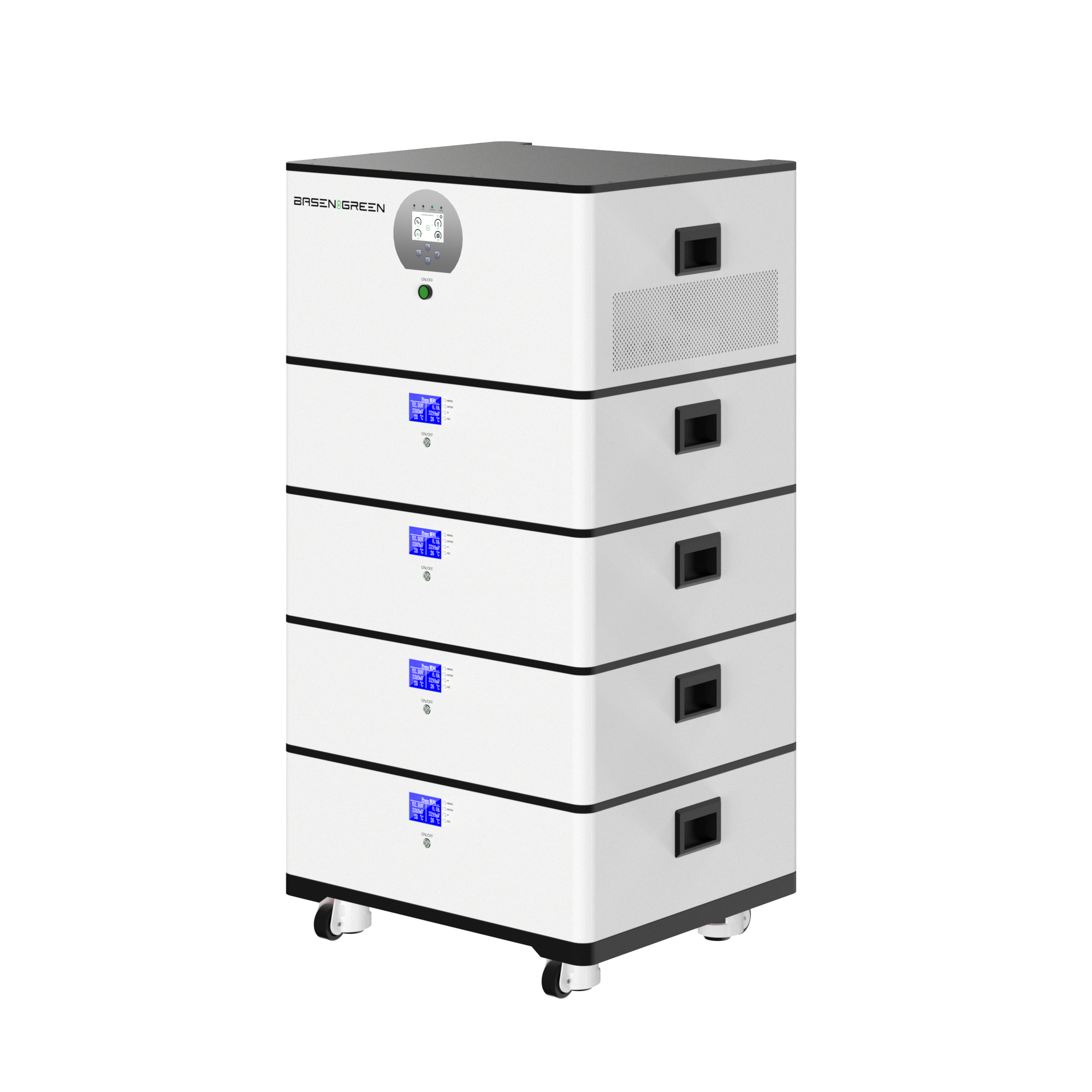

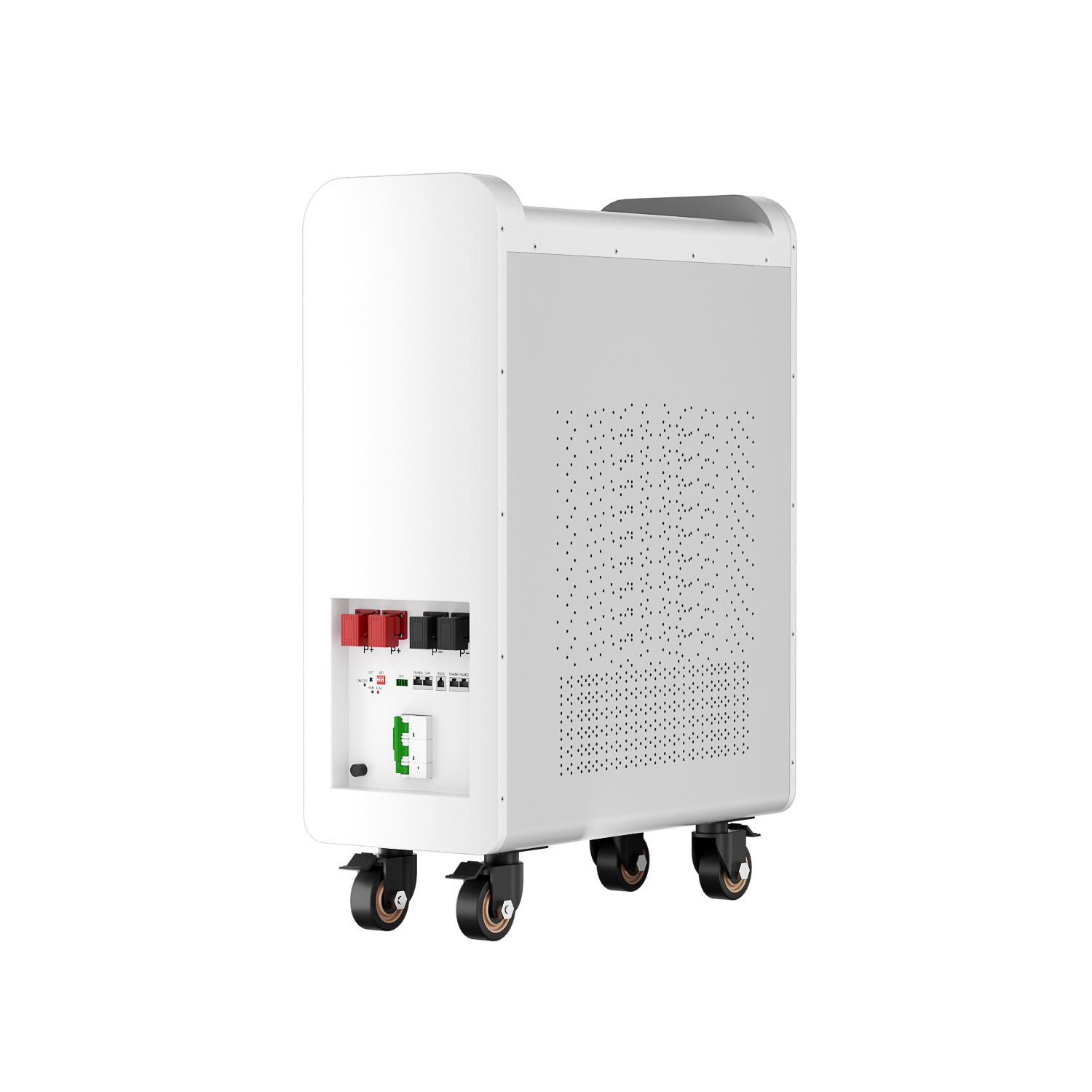
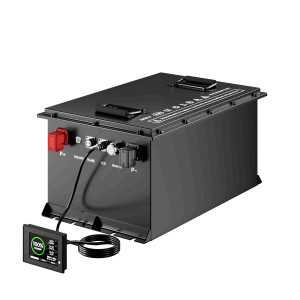
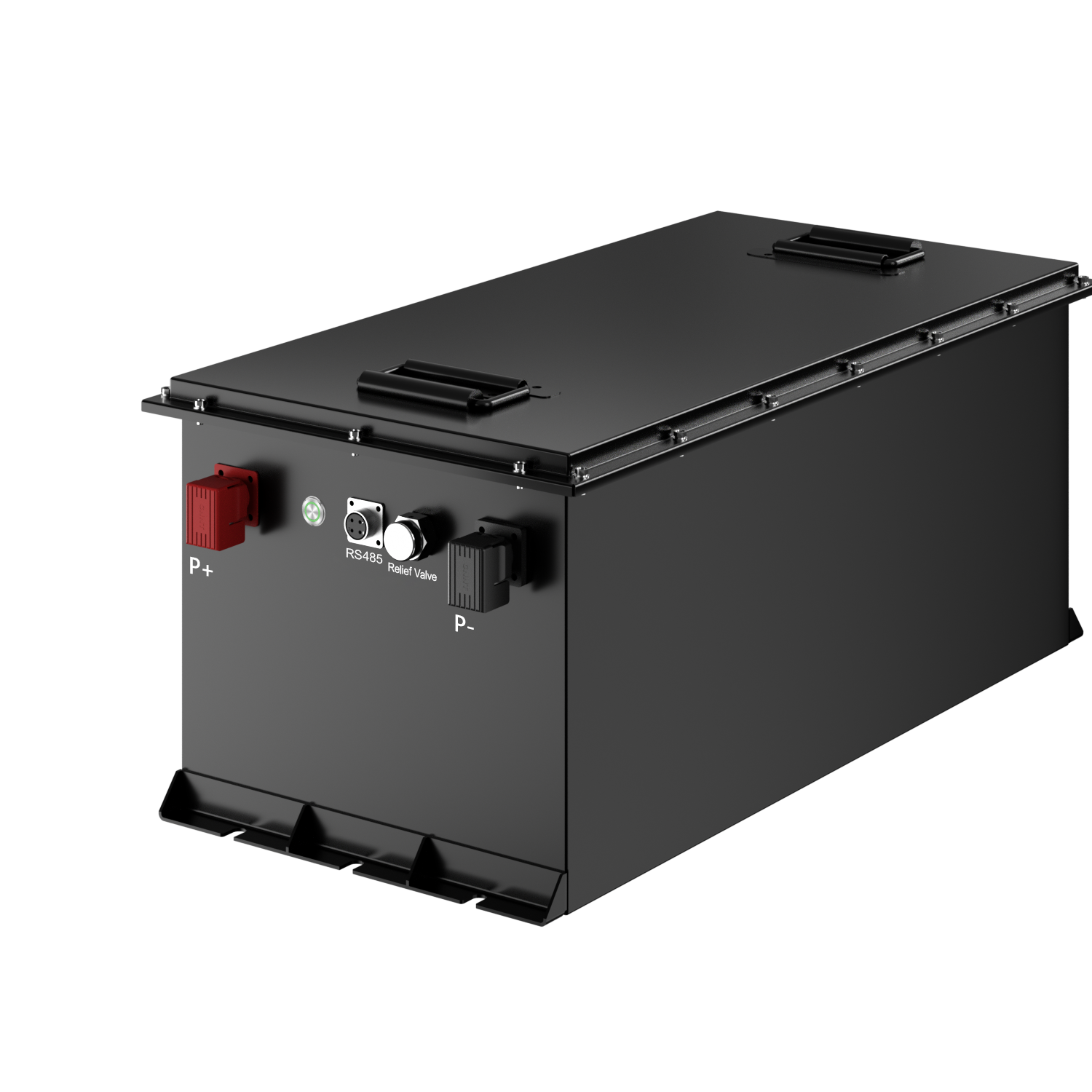
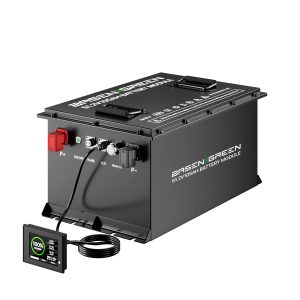
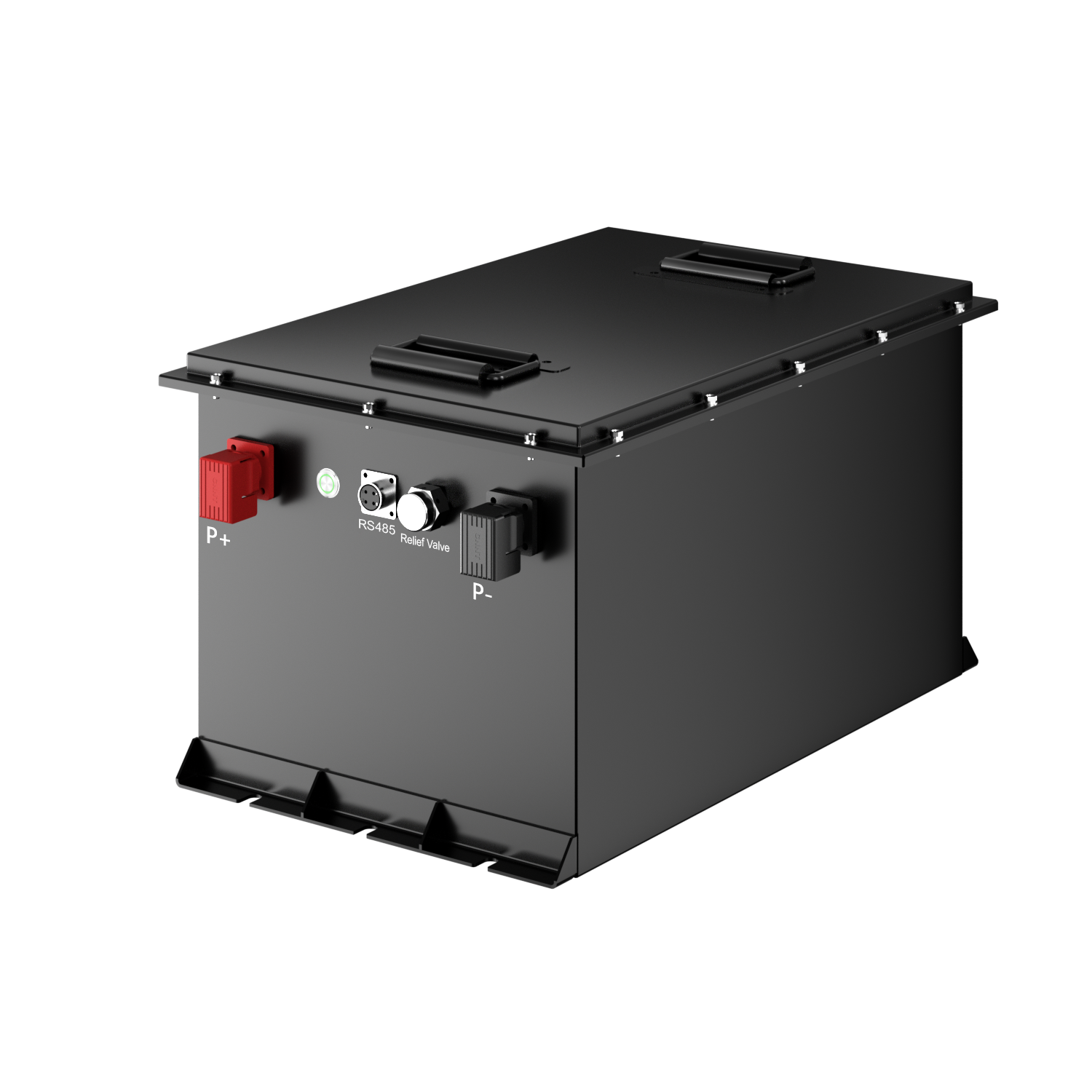
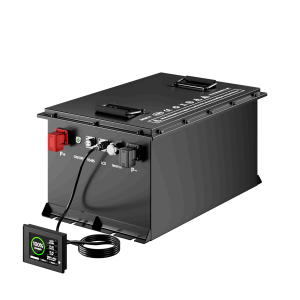

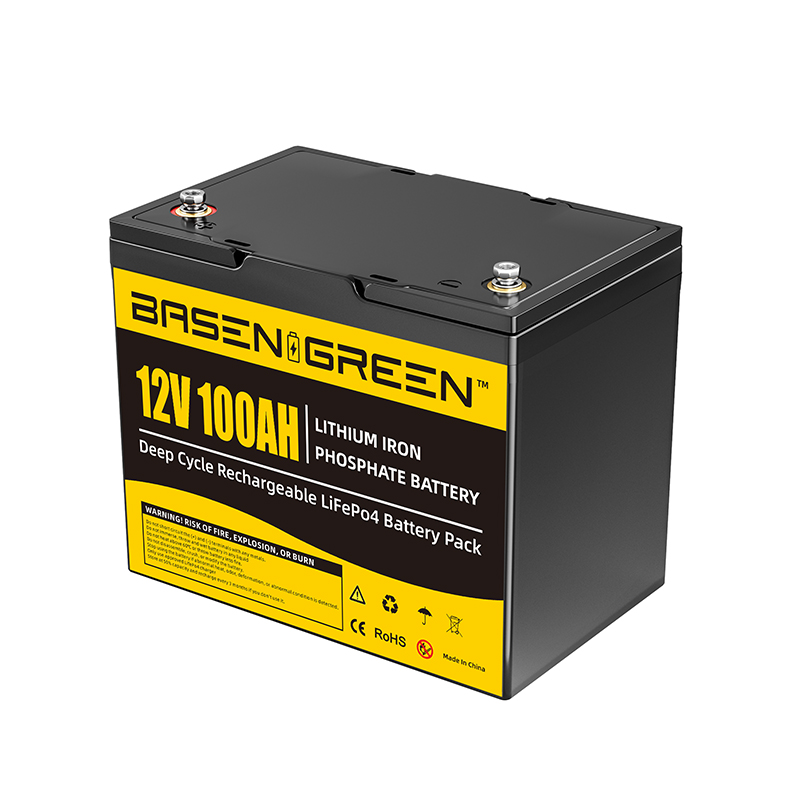


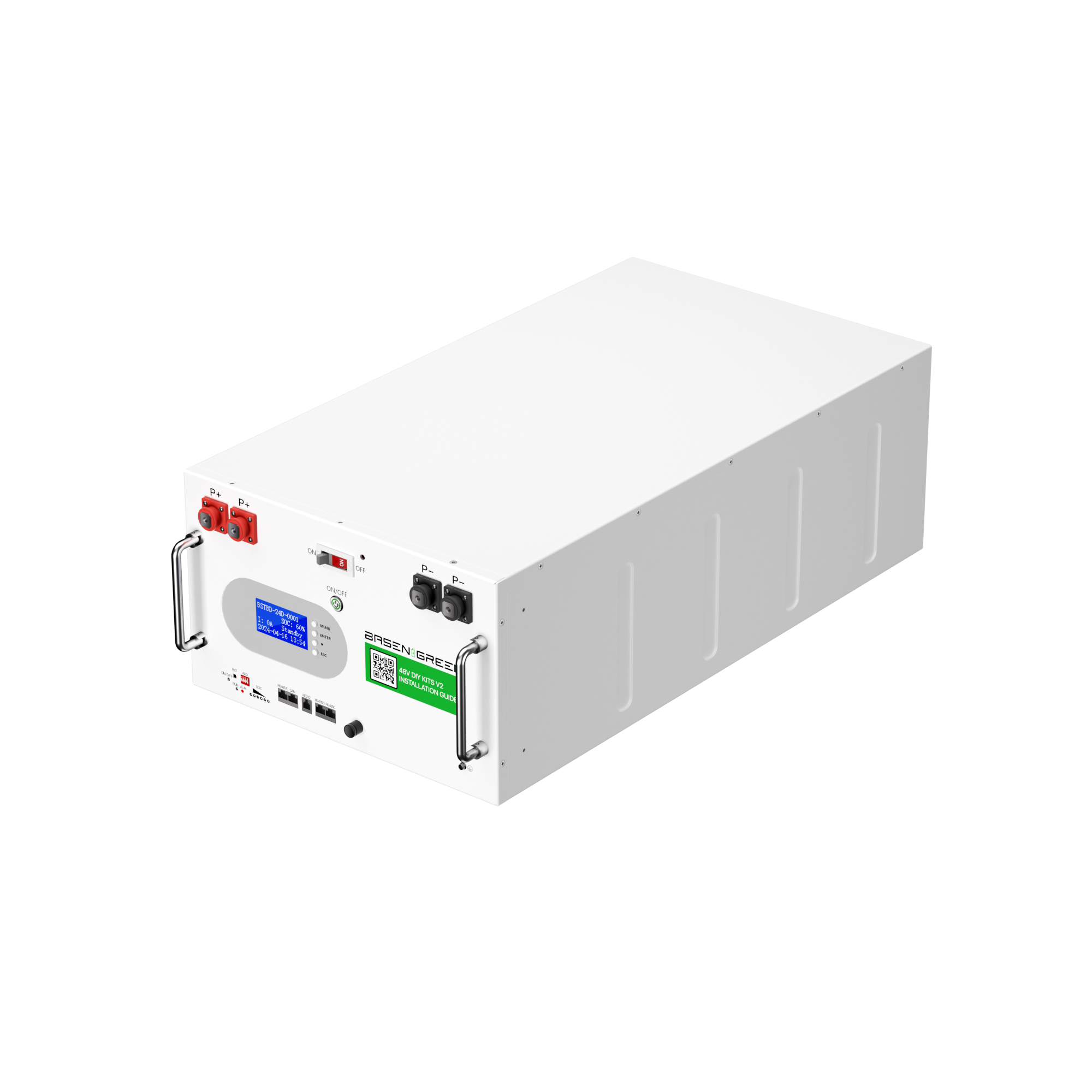
.png)